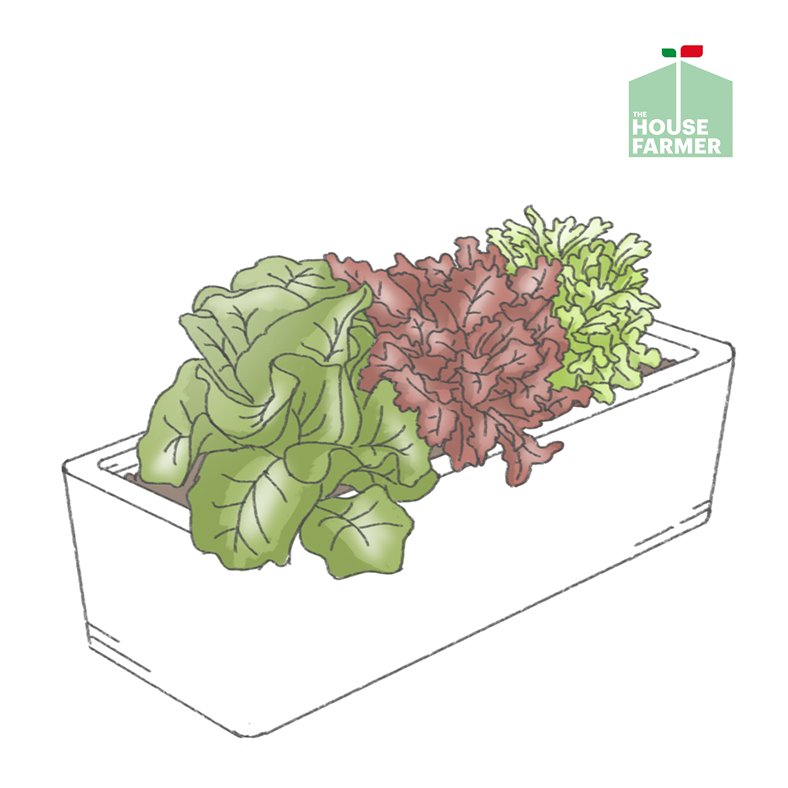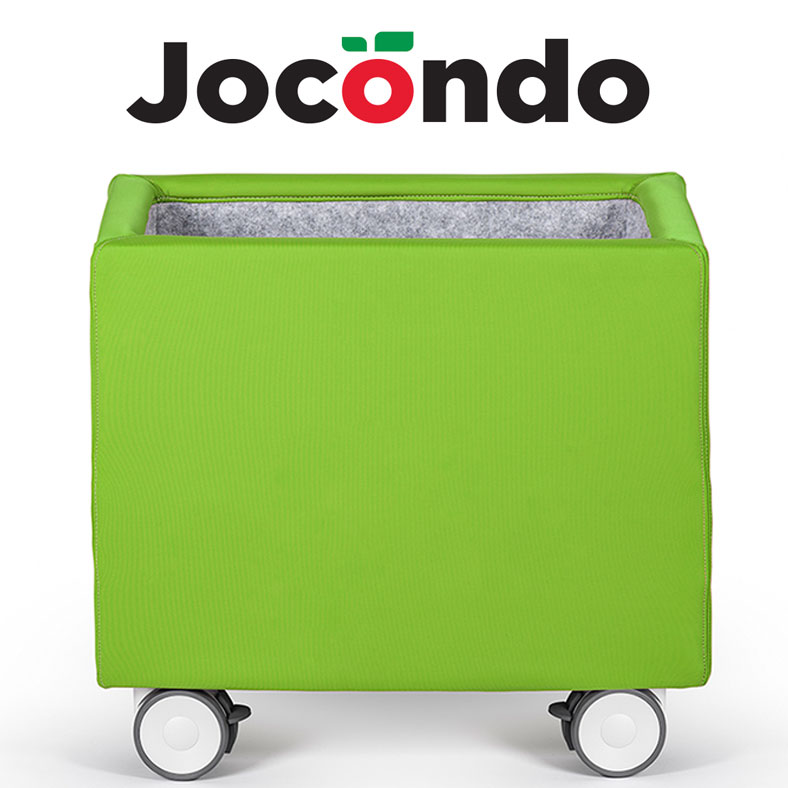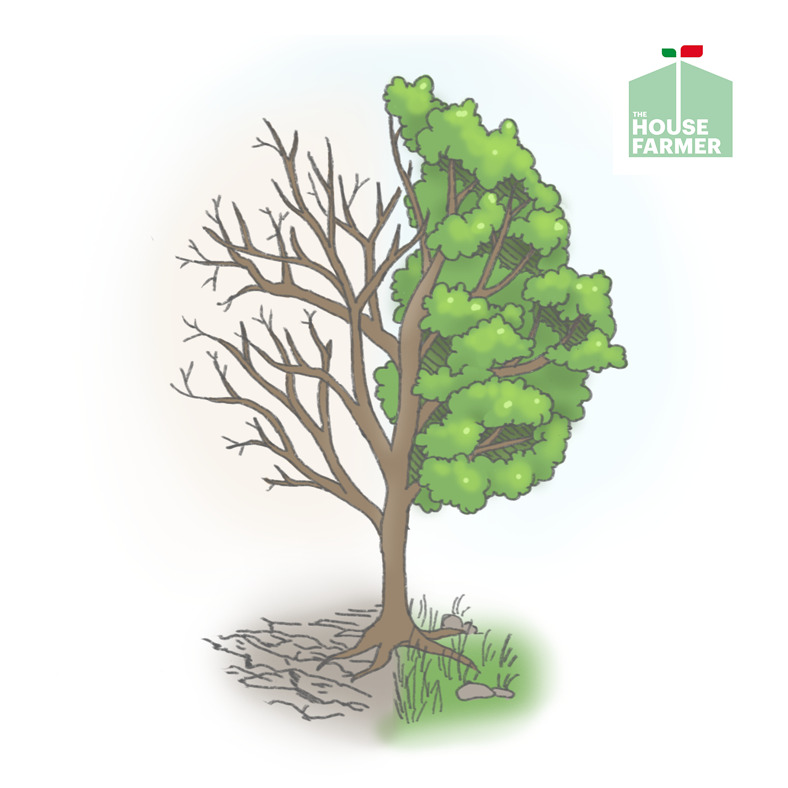
Best vegetables to grow at home #meandgrandma6
Even when she was old, my grandma grew her vegetables next to her house. She would put them in pots because it was easier and because having a garden was hard on her back. So let's discover which are the best vegetables to grow at home.
Here is a detailed list of those crops I was able to grow in Milan following the advice she gave me and ultimately gaining experience myself. As I have already mentioned in previous posts, I have been making my own soil for quite some time now. I have dry coconut sent to me (it’s amazing how much it expands once water is added and how little it weighs when I need to move it). I add water, perlite and pebbles into the container to create pockets of air and avoid the soil collapsing on itself. I also add one part of for every ten of earthworm hummus and once the mix is complete (I like to work the soil with my bare hands...) you will have a n excellent supply of quality soil at an amazingly low price.
So here is what I grow at home
Radishes
The great thing about radishes is that they are easy to cultivate so it's one the best vegetables to grow at home. They ripen quickly, in just a month they will go from a seed to the table. Start planting two seeds every two weeks in early March and you will have radishes all summer! Amazing, isn’t it? The varieties I have found by scouring through internet are: the Saxa (your typical round red radish); Mirabeau, long and white on the tip, excellent for slicing; Bright Lights come in different colours, yellow, purple and red. As a general, rule seeds need to be planted 1 cm deep and 3 cm a part. They grow well in wooden boxes, on windowsills, in hanging baskets and even in larger containers. Radishes rule!
Best vegetables to grow at home: Spinach
I fell in love with spinach back in the day when Popeye would squeeze the tin and pop them into his mouth. Grandma of course would always tell me they would make me strong, and I thought they were delicious. Now I eat them raw in a salad when the leaves are young and cooked as they mature. In short, you can use any container to grow them, and they are always good, although the smaller the leavers the better they taste raw. You can start sowing them from late February to late April and have them ready to eat by May and June. If you sow from July to August you can enjoy them from September through to late November. Seeds need to be planted 3 cm deep and again in summer it is best to put them in mid-shade while during the colder season they should be moved into complete sun. Just as a brief aside, putting wheels on my small vegetable bed might seem of no great relevance but it does help me keep the terrace clean and results in the crops being more productive. Back to spinach… Like all plants they need water, but in fact spinach need a little more than average. My advice is to go for perennial spinach which will sprout leaves for months.
Chard
Chard is very similar to spinach. It also requires plenty of water, grows better in mid shade during the summer and in full sun when it gets colder. Plant as you would spinach and enjoy the young leaves in a salad, they are delicious. For those who are keen aesthetics, the less common varieties Bright Lights and Rainbow chard have beautiful coloured stems.
Best vegetables to grow at home: Valerian
This could well be my favourite. Valerian also goes by many other names: lamb's lettuce, corn salad, common corn salad, mâche, nut lettuce, field salad. It is very pretty as it comes in low rosettes. Grow from spring to autumn, planting seeds at a depth of 1 cm - any deeper they might not sprout. It has a strong but pleasant taste, and all in all is very easy to grow salad greens on balcony.
Sunflower sprouts
Yummy! Sunflower sprouts are for me the best vegetables to grow at home. I love them! They are exquisite and taste like walnuts, making them perfect in a mixed greens salad. Crunchy and packed with nutritious substances, they go from the balcony to the table in no time. Seeds should be planted near to the surface and then watered regularly. It won’t take long for them to sprout and they should be picked when the plants are 1 cm high, before the second leaves start to appear. Outside you can grow them between spring and summer, while the rest of the year I keep them on a windowsill in the sun.
Portulaca Olaracea
Initially I thought it was an invasive succulent. It may be not the best vegetables to grow at home but this plant grows spontaneously in my pots and it actually adds a crunchiness to my winter and spring salads. It has pretty white star-shaped flowers and only the smaller and more tender leaves should be picked. You can grow them in late summer but I have never done so because they have always grown spontaneously between other plants, even alongside succulents. On the internet I discovered that in medieval times it was thought to have apotropaic (now there’s a new word!) properties, and kept the evil spirits away. So, there you go!
Mustard leaves and Mizuna are really among the best vegetables to grow at home
Mustard belongs to the brassicaceae or cruciferae family. And there are different varieties. I have developed a passion for the Mizuna, a cultivar of Brassica rapa, the niposinica variety. It is best to eat them when they are young because the larger the leaves the more peppery they become. Grow them in late summer and you will be harvesting from winter through to late spring. It is also delicious fried. Give it a try!
Salad’s enemies!
Every garden has its troubles, and everything is not always sunshine and roses! Animals, insects and disease can hide behind even the smallest leaves. If I had a real vegetable garden, I would be fighting against snails and slugs who come out famished after the rain to banquet. And salads are their favourite dish. City balconies present no danger of snails and slugs because they are not directly in contact with the earth. However, there are other fierce enemies which should not be underestimated, my terrace is full of ominous presences. The most annoying of these are the infamous green caterpillars, the spawns of moths, as well as aphids also known as plant lice. Caterpillars can be removed by hand while aphids are a bit more tricky. These tiny green, yellow and grey creatures stick to the plant stalks, flowers and fruit en masse. Most suffer from them. Aphids feed of the sap and deposit a sugary honeydew which ants love. Ants are a good warning sign. If you see them crawling on your crops, on leaves or on pot rims it means an aphid invasion is taking place! Aphids use the ants to move up and down the plant. It is good to make it a habit to regularly check plants under their leaves thereby catching these undesirable guests in good time when possible.
I have never used chemical solutions on my plants.
Grandma used to use nettle slurry. She would let the nettle leaves (approx .250 g) macerate for a week in one litre of water. Then she would filter the liquid and put it in a spray bottle which she would hand to me as it were a golden goblet: “Go and treat the pants” she would say. And off I would hurry, spraying nettle slurry as if my life depended on it... on my terrace I have also experimented a solution using Marseille soap: 10-20gr of pure solid or liquid Marseille soap diluted in one litre of water. Alcohol is another helpful ally: 15-20gr of 90-degree alcohol diluted in one litre of water.
I’ve read that essential oils can also be a valid treatment. I have yet to try, however tea tree oil or Melaleuca and Neem oil act as repellents against aphids. Just dab a little directly on the leaves using a cotton ball.
I have some good news! With time, ladybirds have appeared on my terrace. The first time I saw them on the leaves of my plants I was as happy as June bug! It’s hard to find ladybirds in cities. Just like fireflies. One day they just appeared on my terrace and I realized what had attracted them was a rosebush strongly infected with lice.
Ladybirds eat lice!
If you see one in one of your pots don’t touch it, don’t worry, ladybirds are our allies.
And they are beautiful insects with their spotted round shell cases.
Grandma used to say they brought good luck.
I still like to believe that.
Read also: #meandgrandma7



